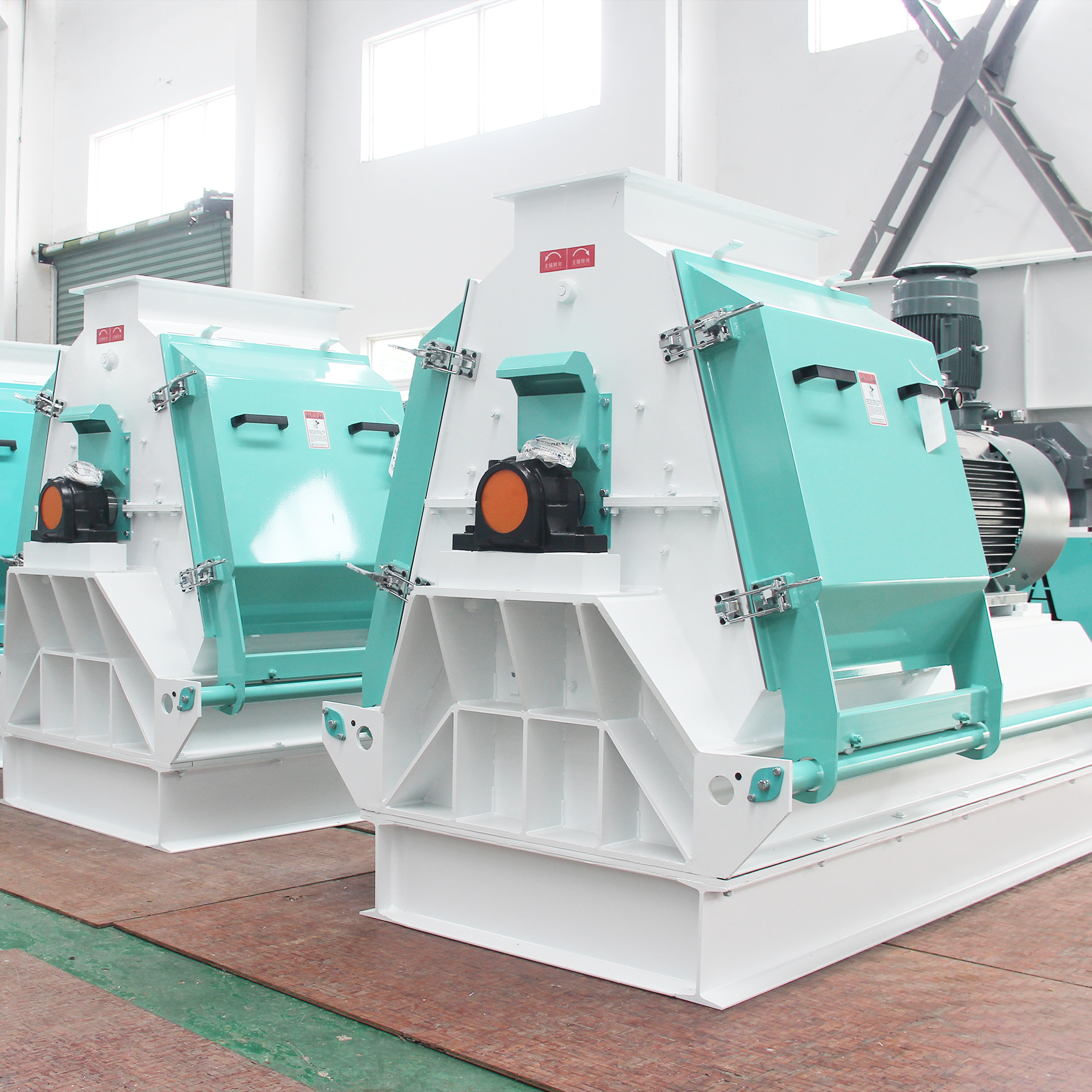Hammer mills have a crucial role to play in the agricultural and industrial sectors, and their intrinsic noise emissions may cause danger to the hearing capacity and general work safety of the employees. Prolonged exposure to excess noise may cause permanent damage to the hearing ability, loss of efficiency, and even non-compliance with regulation. Thankfully it is possible to reduce the hammer mill noise. The following contains some tips on how to safely reduce noise to make a workplace comfortable.
Regular Maintenance and Lubrication
Loose parts may have some form of wear and tear like hammers, screens, and bearings that amplify vibration and noise. There should be regular maintenance involving lubrication and replacement of parts so that there are smooth operations with little noise in unnecessary.
Install Soundproof Enclosures
Sound proof cabinets or acoustic panels around the hammer mill may help a lot to suppress noise. The cooling via the use of air is supported through these enclosures, and sound waves are not emitted to spread further.
Use Anti-Vibration Pads
Attachment of anti-vibration mounts or rubber padding beneath the hammer mill base neutralizes any mechanical vibrations thus limiting noise transfer via floors and walls.
Optimize Hammer Mill Speed and Load
Yet noise can be enhanced by the high speeds in which the mill is run or by overloading the mill. By setting of the optimal rotor speed and feed rate, efficiency can be sustained in a manner that reduces the sound levels.
Upgrade to Noise-Reducing Hammer Mills
Newer hammer mill designs include quieting attributes like better rotor balancing, putting sound damping material into the machine and grinder covering. Spending in newer models would give long term benefit of noise control.
Implement Acoustic Barriers or Curtains
In case some form of encapsulation of the whole machine is impossible, it is possible to contain sound by setting up barrier screens or heavy-duty acoustic curtains around the area in which one will be working.
Provide Workers with Hearing Protection
Although the ideal approach to the problem is engineering controls, personal protective equipment (PPE) e.g. earplug or earmuffs can and must be offered to labourers working in high-noise areas as an alternative.
Isolate the Hammer Mill in a Dedicated Area
Prying the hammer mill in another room or in areas where main working will be done limits noise exposure to the other employees.
Use Belt Drives Instead of Chain Drives
Hammer mills driven by belts are normally more silent as compared to chain-driven versions. The noise levels can be lowered by switching to belt-driven systems, where possible.
Conduct Noise Level Monitoring
Monitor noise levels frequently with a decibel meter to keep them in accordance with safety standards in the workplace (e.g. the 8-hour exposure limit given by OSHA is 85 dB). This facilitates determination of when an extra measure of noise control is necessary.
Conclusion
Noise reduction of hammer mill is important to worker safety, regulatory compliance and efficiency. With such measures, including good maintenance, soundproofing and upgrading equipment, companies can make the workplace more calm and safe.
In Shanghai Yuanyuda international trade Co., Ltd., we provide high-performance of noise-reduced hammer mills. Get in touch with us to have trustful solutions in the field of machinery that take into consideration the factors of productivity and safety!
Table of Contents
- Regular Maintenance and Lubrication
- Install Soundproof Enclosures
- Use Anti-Vibration Pads
- Optimize Hammer Mill Speed and Load
- Upgrade to Noise-Reducing Hammer Mills
- Implement Acoustic Barriers or Curtains
- Provide Workers with Hearing Protection
- Isolate the Hammer Mill in a Dedicated Area
- Use Belt Drives Instead of Chain Drives
- Conduct Noise Level Monitoring
- Conclusion

 EN
EN















